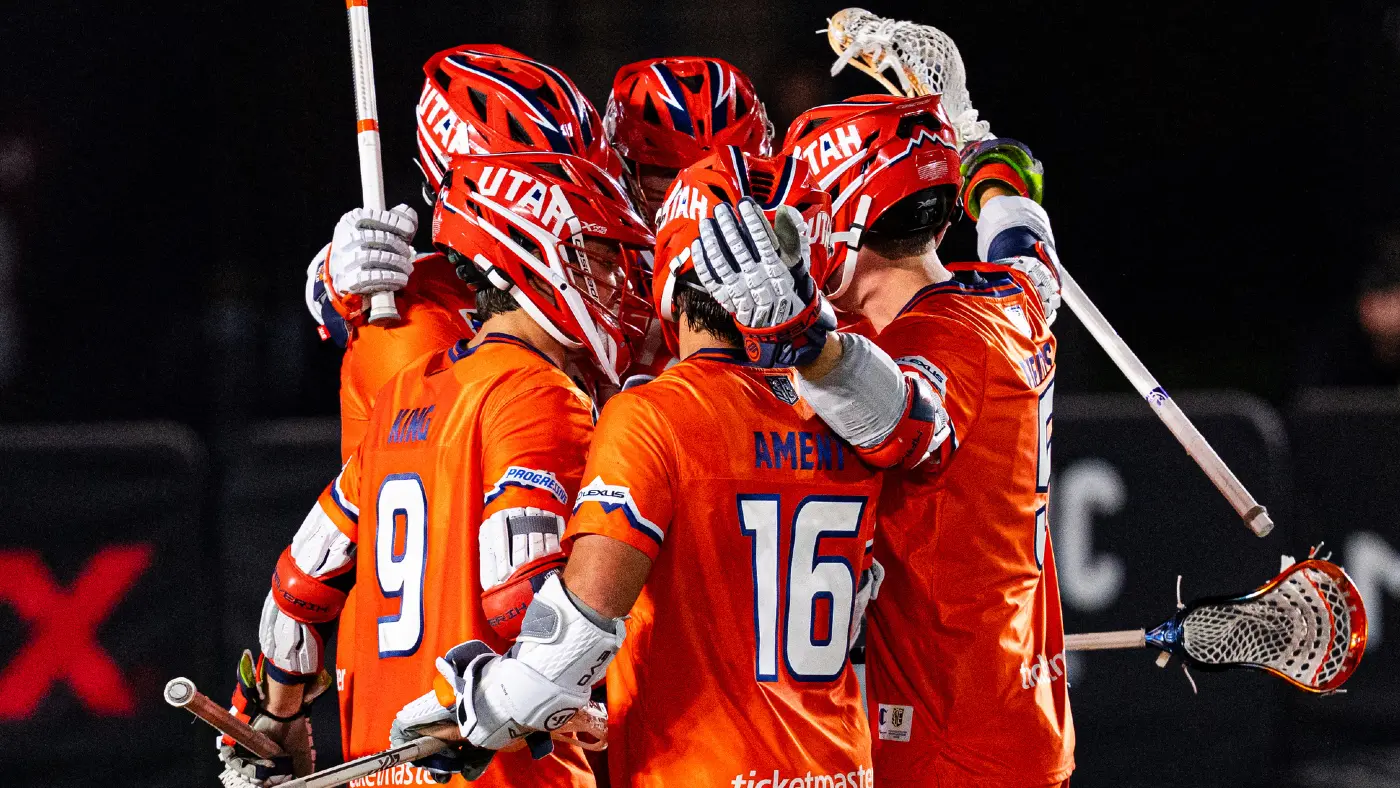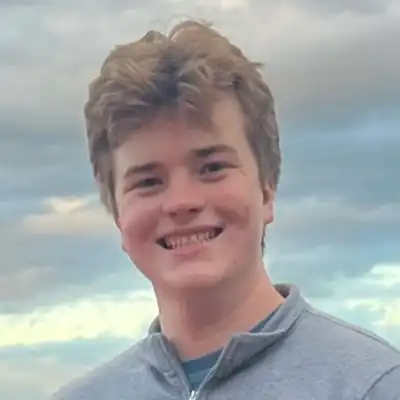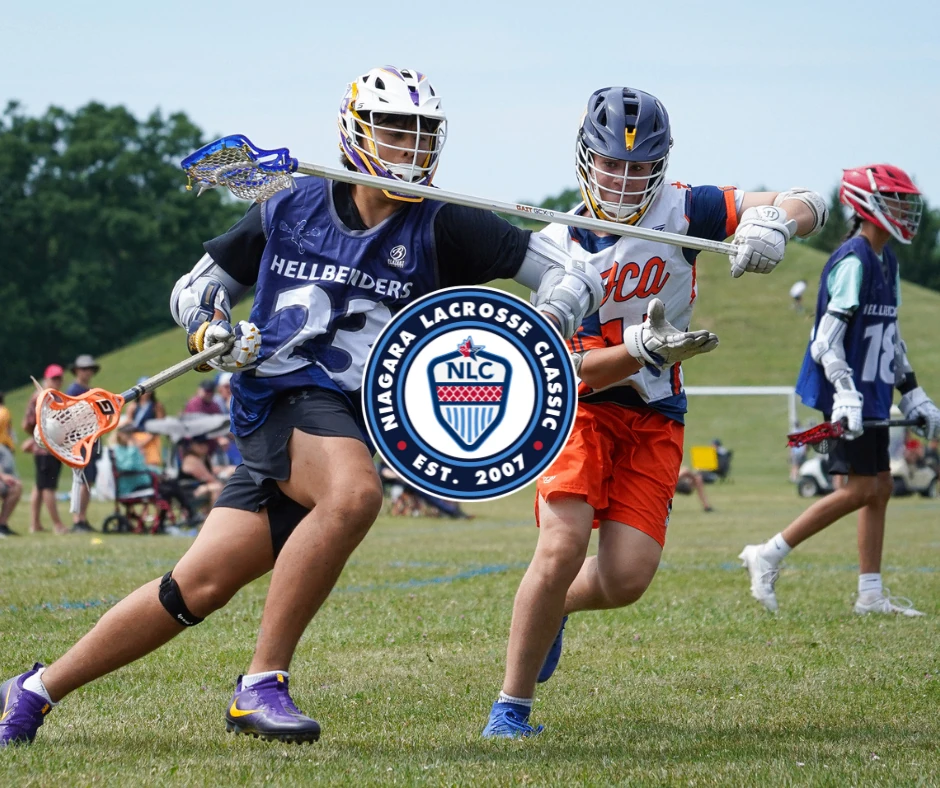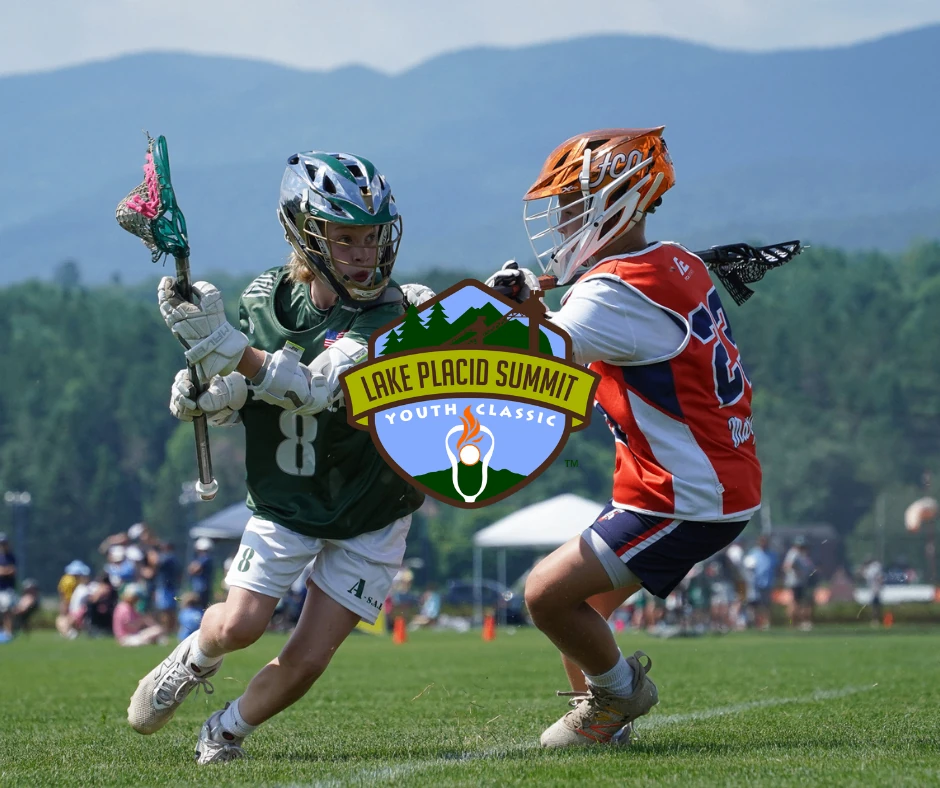Following two seasons that ended in September with a Gatorade bath and a hoisted trophy, the Utah Archers’ season ended in mid-August in 2025 as the club missed the playoffs for the first time in its history.
“We seemed never to just get over that hump,” Archers head coach Chris Bates said.
Utah had an up-and-down season characterized by close losses when its offense couldn’t quite get clicking. Injuries also piled up for the team early and often. Tre Leclaire missed the first five games of the season. Matt Moore went down for the last six. Mike Sisselberger was out for the second half of the summer. Tom Schreiber missed the final two games of the season after playing through injury.
“We will not use that in any way, shape form as an excuse,” Bates said, acknowledging that the Archers didn’t play to their standards outside of the impact injuries had. They still took their toll, though, especially on the offense that finished last in the league in scoring offense.
“The combination of it all just didn’t allow us to create matchup issues and space issues [on offense],” he said. “People didn’t have to slide as much. We weren’t beating people off the dribble.”
The struggle to win matchups was real for Utah this summer. Its typical trio of Schreiber, Grant Ament and Connor Fields combined for 46 points in 2025. They scored 87 combined points in 2024 and 89 in 2023. All three shot career-worst percentages this season. They also each missed time due to injury at some point.
“We rely on Tom and Grant and Fieldsy,” Bates said. “Those are three guys that didn’t have Tom and Grant and Fieldsy years.”
The Archers defense finished second in the league in scores against average (11.1), while goalie Brett Dobson was first in save percentage (59.1%). He also played through injury for a stretch.
Bates credited the defense for playing well this season, but also noted that he thought there is room for improvement ahead of 2026.
“We were good,” he said. “I don’t think we were as lock down as we’ve been in the past.”
With their eyes set on 2026 surprisingly early, the Archers enter the offseason with questions to answer. Five regulars from their 19-man roster will be free agents in the spring: Graeme Hossack, Warren Jeffrey, Cam Wyers, Ryan Ambler and Nick Washuta.
“We want everybody back,” Bates said.
Utah wants and expects the core of its team to remain the same. The foundations of a two-time champion are still very much in place. That starts with Schreiber.
“Tom is still the core and captain of this team,” Bates emphasized. “He has a lot of great lacrosse left in him. We’re looking forward to him being healthy and returning to the form we’re all accustomed to.”
The Archers are still well aware that they need to augment that core this offseason. With the No. 1 pick in the 2026 College Draft and potential options to add new players via player movement, they see plenty of opportunity to do just that. In fact, the Archers coaches and players were already discussing the 2026 draft class in the locker room after their season finale against the Carolina Chaos – like they have in years past.
“We’re not rebuilding,” Bates said. “We need to just find ways to plug in spots where we can get better.”
Where those spots are is still to be determined. The offense surely could use a shot in the arm after a poor 2025 season. Yet the club could still look to augment its young defensive core, particularly since they’re awaiting decisions from pending free agents Hossack and Jeffrey on their respective futures.
When Utah does inevitably add to its offense in player movement or the College Draft, expect it to look to find personnel who can pose matchup issues.
“We’ve got to make sure the guys we have are winning matchups,” Bates said. “It could be our current guys playing better than they did this year. Or, it’s looking elsewhere and finding an upgrade that can break down matchups and wreak a little havoc on a defense.”
The Archers have a long offseason ahead, one that will come with many important decisions for the club’s future. Combining adding new talent and getting younger while maintaining the team’s championship core is a tough balance to strike. Bates and his staff have proven capable of drafting well and turning over a roster when it was necessary. How exactly they do that ahead of 2026 will be fascinating to watch.
“There’s a lot of ground to cover and time before all that transpires,” Bates said. “But we’re always looking for ways to get back to the top of the mountain.”





